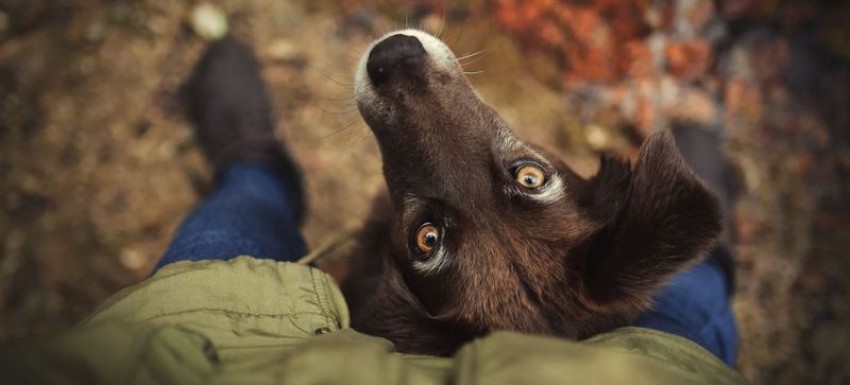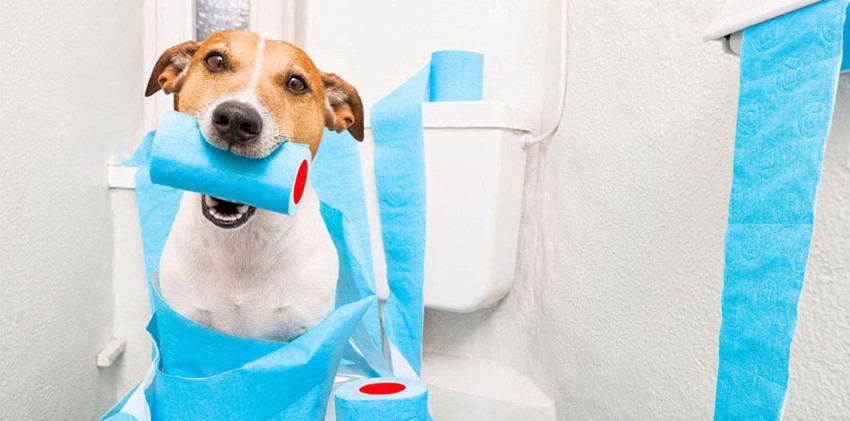Overheating and heat stroke in dogs and cats
 Never leave a pet alone in the car while it’s hot in the street. Even if the car windows are open and it is in the shade! You will be greatly surprised how quickly a parked car can turn into a stove.
Never leave a pet alone in the car while it’s hot in the street. Even if the car windows are open and it is in the shade! You will be greatly surprised how quickly a parked car can turn into a stove.
Do not do intensive workouts with your dog in hot weather. Walk your dog early in the morning and late in the evening when it’s cool outside.
If it is necessary to take the dog outside in the heat of the day, watch out for hot asphalt. It heats up easily and can reaches temperatures above 45 °. Never leave a dog on the asphalt without the opportunity to get off him. If you live in a city and it’s impossible to avoid being on asphalt, consider using safety shoes to protect your dog’s paw pads.
If you take a dog to the beach, make sure that it can be in the shade and there is access to fresh water. After swimming in the sea, pour fresh water on the dog to avoid skin irritation.
If you have to leave the dog on the street, which is not the best option in this heat, provide it with plenty of clean water and shade.
Brachycephalic breeds such as bulldogs, pugs and Pekinese should be kept in a conditioned room as much as possible. Access to the street should be limited – only to meet natural needs. In dogs of these breeds, there is a higher chance of developing respiratory distress (“heavy and frequent breathing”) in extremely high temperature conditions.
Older dogs, overweight dogs with heart or lung diseases, must be kept in an air-conditioned room and may require special care in hot weather.
If your dog has long hair, such as a samoyed, Wolfspitz or Russian black terrier, think about the possibility of cutting it shorter. If you do not want to cut the dog, consider purchasing special cooling blankets that will help the dog to comfortably transfer the heat.
Dogs that have thinned or insignificant coat are most susceptible to sunburn.
Symptoms indicative of heat stroke in a cat or dog
High temperature (more than 40 degrees).
Excessive salivation.
Excessive shortness of breath.
Bluish-purple or bright red gums, due to insufficient supply of oxygen to tissues.
What to do with heat stroke?
Immediately cool your pet. Dip it in a cold bath (not in the ice!), Wrap in a cold and damp towel.
Maintain airflow throughout the body. After wetting your dog, create a stream of air with a fan or air conditioner.
When transporting the dog to the veterinary clinic, make sure that there is sufficient air flow in the car.
A water dispenser or wet towel will help keep you cool.
Give water. If the dog is able to drink, give access to a large bowl of water.
Contact a veterinary clinic. Heat stroke is a serious condition of the body that requires immediate attention and intensive therapy in order to have time to save a pet.
Intravenous fluids will cool the body, keep blood pressure at the right level, support kidney function and help speed up the recovery process.
Remember, the first aid provided to the animal itself, greatly increases the chances of survival. But only in mild cases is enough of her alone.



